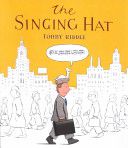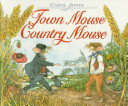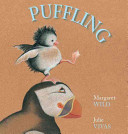The author, a member of the Igbo tribe in Nigeria, presents text and her own photographs of twenty-six things, from A to Z, representative of all African peoples.
Primary (ages 6-9)
Material appropriate for primary age groups
Get Out of Bed!
Amy’s mother, father, brother, and the school principal use very unusual measures to try to get the sleepy girl out of bed.
The Queen’s Progress
This book offers readers a factual and in-depth guide to the life and reign of Queen Elizabeth I through rhyming verses, anecdotes, historical details, and brilliant illustrations, while also using the letters of the alphabet to provide an account of Queen Elizabeth’s annual holiday, known as a “royal progress.”
The Boy, the Bear, the Baron, the Bard
A comic romp through Shakespeare’s London featuring an intrepid little boy, a friendly bear, and-in the role of dastardly villain-the Bard himself. What happens when a boy bursts through the curtain of a deserted theatre and onto the world’s most famous stage? He lands on the Bard himself and the chase is on-through the streets of Shakespeare’s London. This is a rare and inventive visual feast-a runaway story about a curious boy, a magic cloak, a grumpy bard, a captive bear and a baron bound for the chopping block. It is also a richly illustrated, dramatic and very funny tale of adventure and friendship.
Lily and the Bears
Deciding she wants to be something big and brave rather than just a child, Lily spends her days dressed in a bear suit, but a mistake at the zoo causes her to regret her choice.
The Wonder Thing
In a lyrical poem (which is also a riddle) and stunning linoleum block prints, Libby Hathorn and Peter Gouldthrope guide readers on a journey around the world–and to a deeper appreciation of “the wonder thing” that is all around us.
The Singing Hat

Colin Jenkins must choose between keeping a bird nest and his job.
Town Mouse Country Mouse

A town mouse and a country mouse exchange visits and discover each is suited to his own home. Peep-holes in some of the pages allow the reader to guess at what happens next.
Puffling

Puffling is a baby—small, white, and very hungry. Every day he waits in the burrow while his parents, Big Stripy Beak and Long Black Feather hunt for food. As he grows, Puffling dreams of the day when he will leave his nest and fly away—but he isn’t ready yet, not until he’s tall and brave enough to fend for himself. Every day Puffling asks his parents, but every day they say he must wait until he has grown bigger. Will he ever be ready to head out into the world on his own?
The Slumber Party

Jane’s birthday sleepover is a night of games, a lost mouse, a croaking frog, a little sleep, and a lot of fun.
